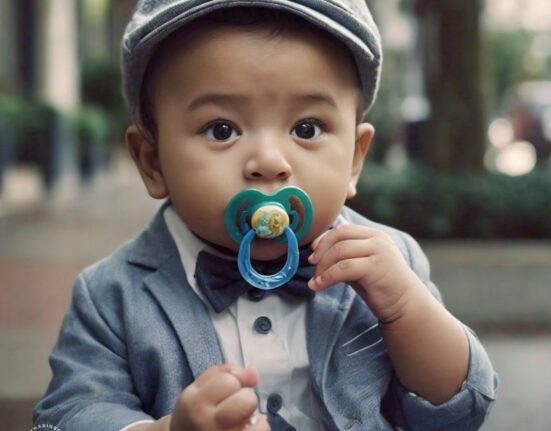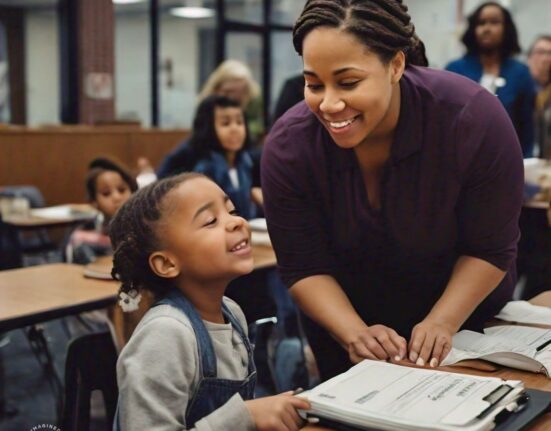Speech and language
Read aloud, guided reading, story telling, drawing attention to punctuation marks, capitalization, introducing letter-sounds relationships, drawing attention to commonly used words when they appear in print.
Behavior control and emotional regulation
Frequent discussion of household rules and the rationale for them, asking the child to reflect on scenarios in which there is an opportunity to act in one way or another. For example, ask your child to listen to this story, “One day a woman came into a store with her child. When they passed a candy isle, the child fell on the floor and started rolling from side to side while screaming very loudly. The people started looking at the mother and her child.” What do you think happened next? Why do you think the child was on the floor screaming? What was the mother thinking in this situation? What should the mother do about her child’s behavior? Do you sometimes act like this child when you really want something?
Having these types of discussion using emotionally neutral material (some other child unknown to you, somewhere far away, etc.) helps to understand your child’s thought process better and gives children the ability to notice the triggers of meltdowns and construct a positive solution.
Thinking and reasoning
Activities that involve classification and categorization, as well as completion of patterns are central to developing logical reasoning.
Visual-spatial reasoning
Identification of left and right sides of the body, teaching such spatial relationships as over-under, behind – in front of, etc; playing with shapes and practicing identifying their key characteristics verbally, learning to tell time using a clock (5+).
Visual-motor coordination
Copying and reproducing designs by memory; coloring without going out of bounds, working with clay, cutting shapes out of paper, origami, practicing using utensils and their placement on the table, practicing basic self-care skills (dressing, making your bed, brushing your teeth, etc.), exposure to sports.
Rhythmic structures
Music, rhythm tapping and clapping, repeating and signing nursery rhymes together. A xylophone is a handy tool for these purposes.
Quantitative reasoning
Numerical skills, arithmetic, understanding the concepts of “less”, “more”, and “equal”.
Sensory development
Identifying examples of “hot”, “cold”, “warm”, “smooth”, “rough”, “sticky”, “sweet”, “bitter”, “salty”, “sweet and sour”, “loud”, “soft”; examining and describing visual designs and patterns.
Memory and attention
Asking children to reflect on their day- what happened first, what happened next, etc. Practice repeating their home address, full name, the city and state they live in, etc. – these activities support the transfer of information from short-term into long-term storage.
Practice putting 5-10 toys in a row and then removing one of them to check that the child can identify the missing toy, use as few as 3-5 toys with very young children.
Practice remembering short poems by heart to train auditory attention and memory.
Scientific thinking and curiosity
When children reach a certain level of vocabulary and speech development, prompting them to think about “why” certain events happen is a great way to stimulate intellectual curiosity about the world. Examples of these questions are, “Why do you think people need to sleep?”, “Why does it rain sometimes?”, “ Why do the trees get rid of their leaves?”. If the child displays a sense of curiosity about the world, their other cognitive abilities will undoubtedly be practiced in the unrelenting pursuit of solutions and answers.






